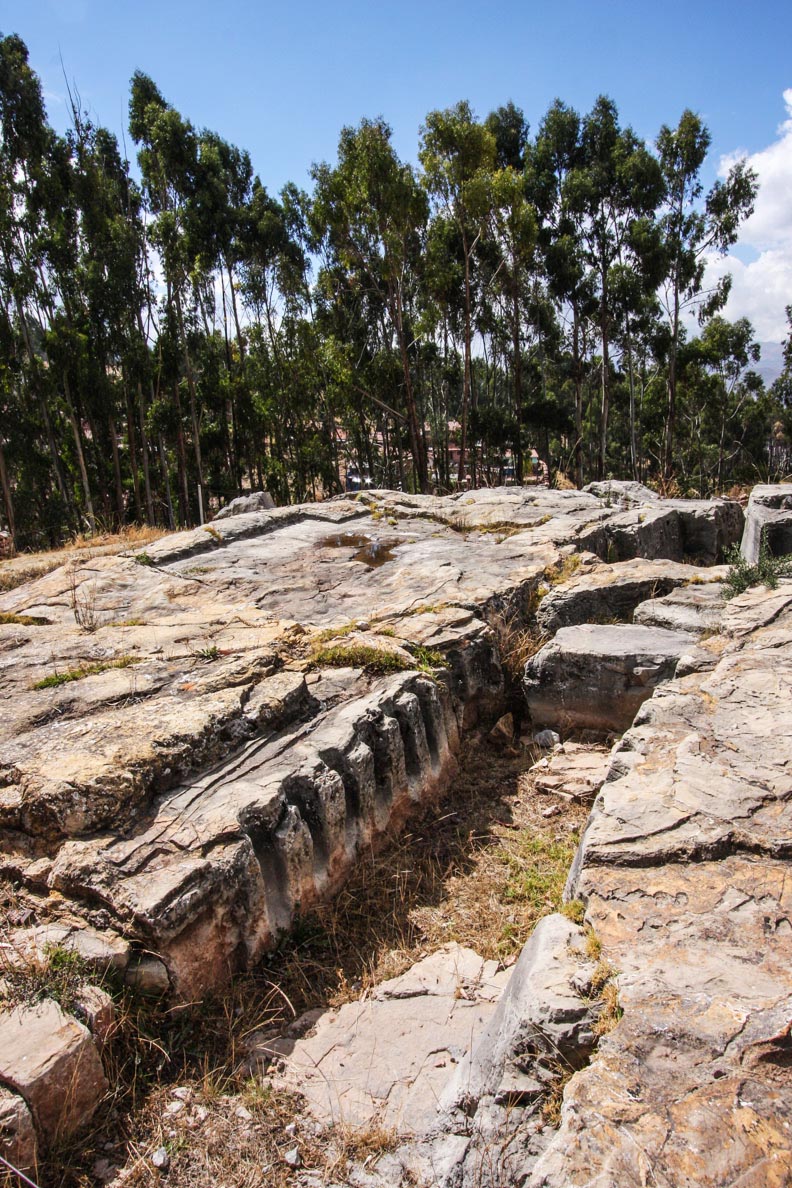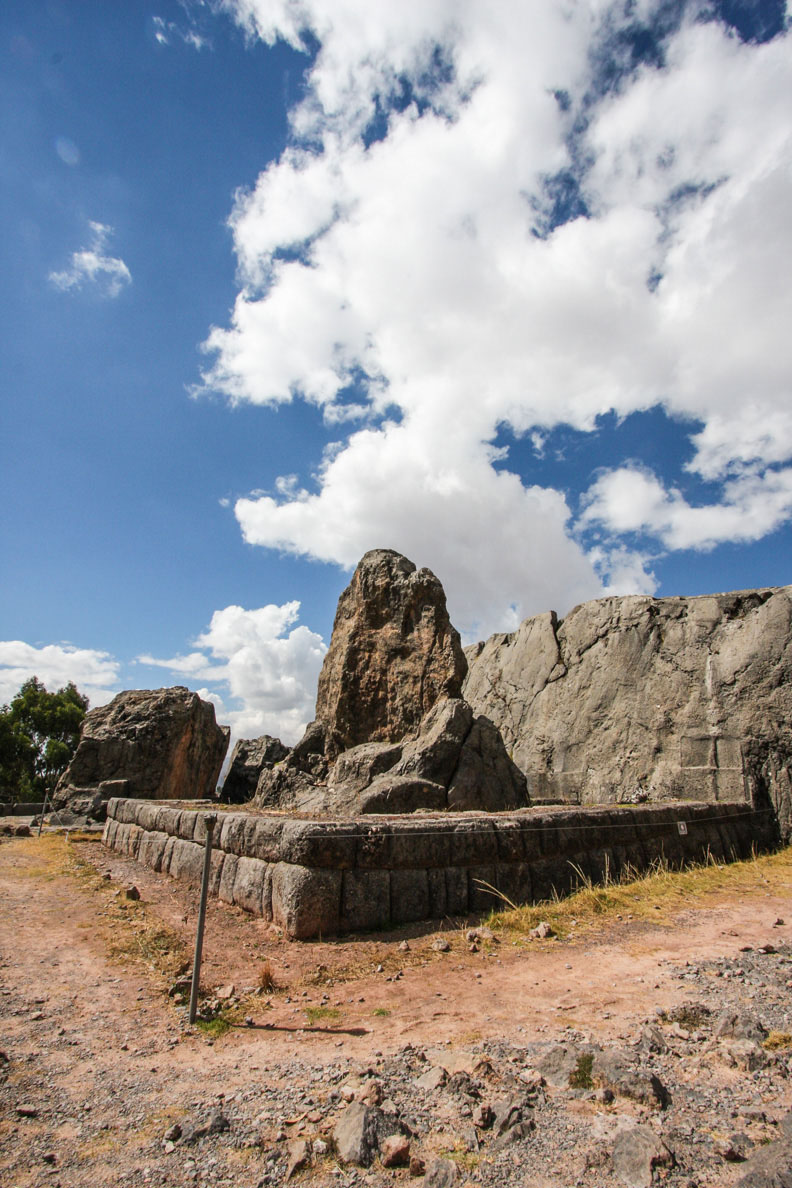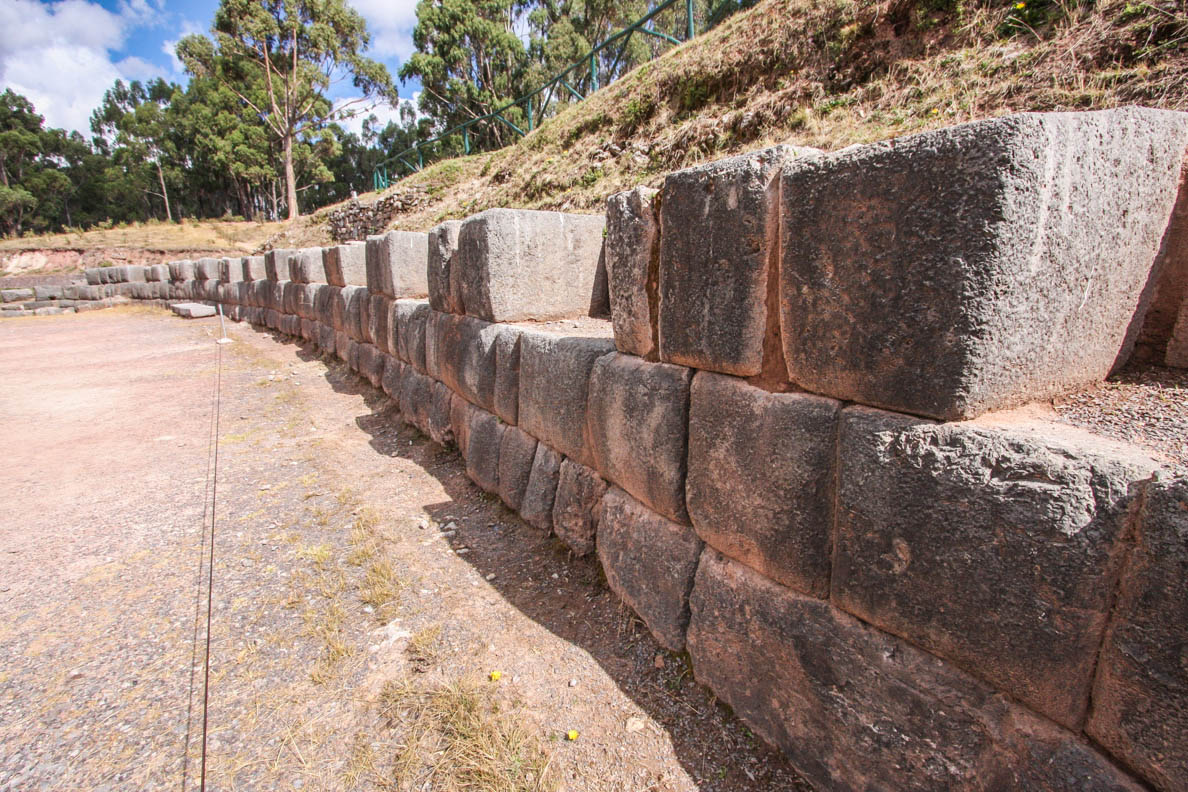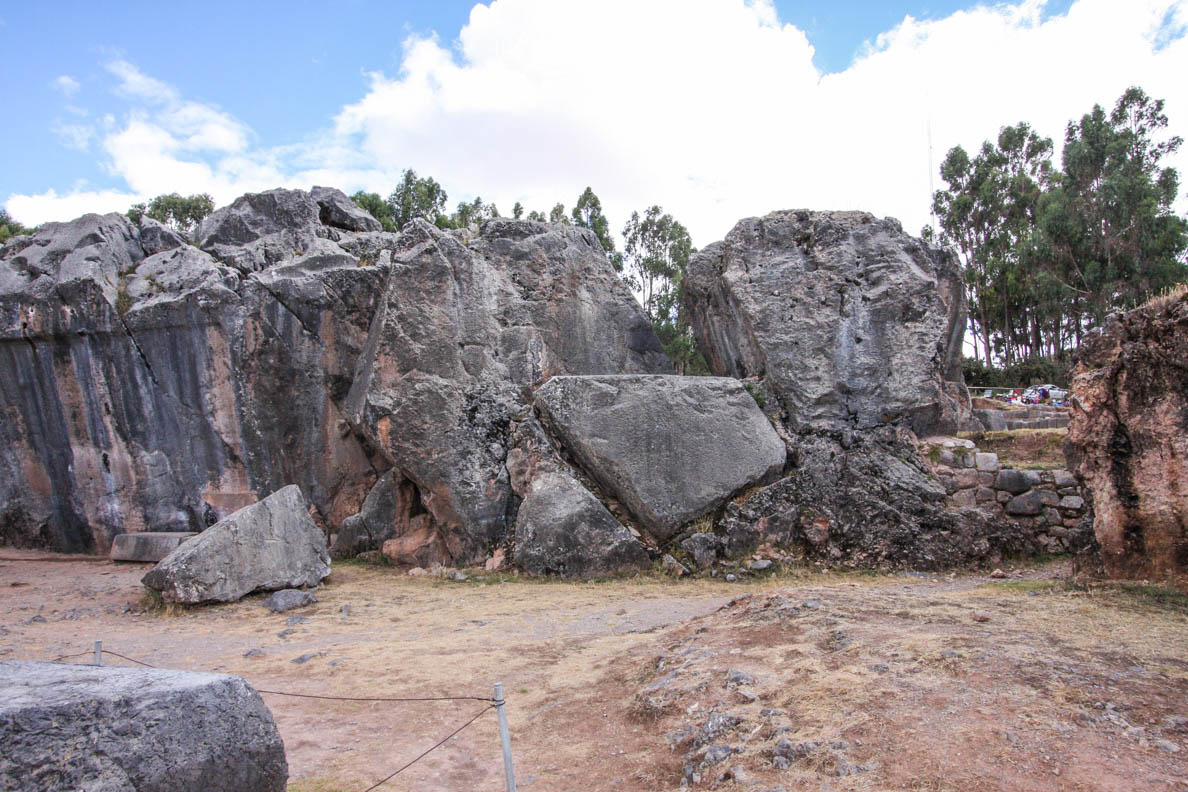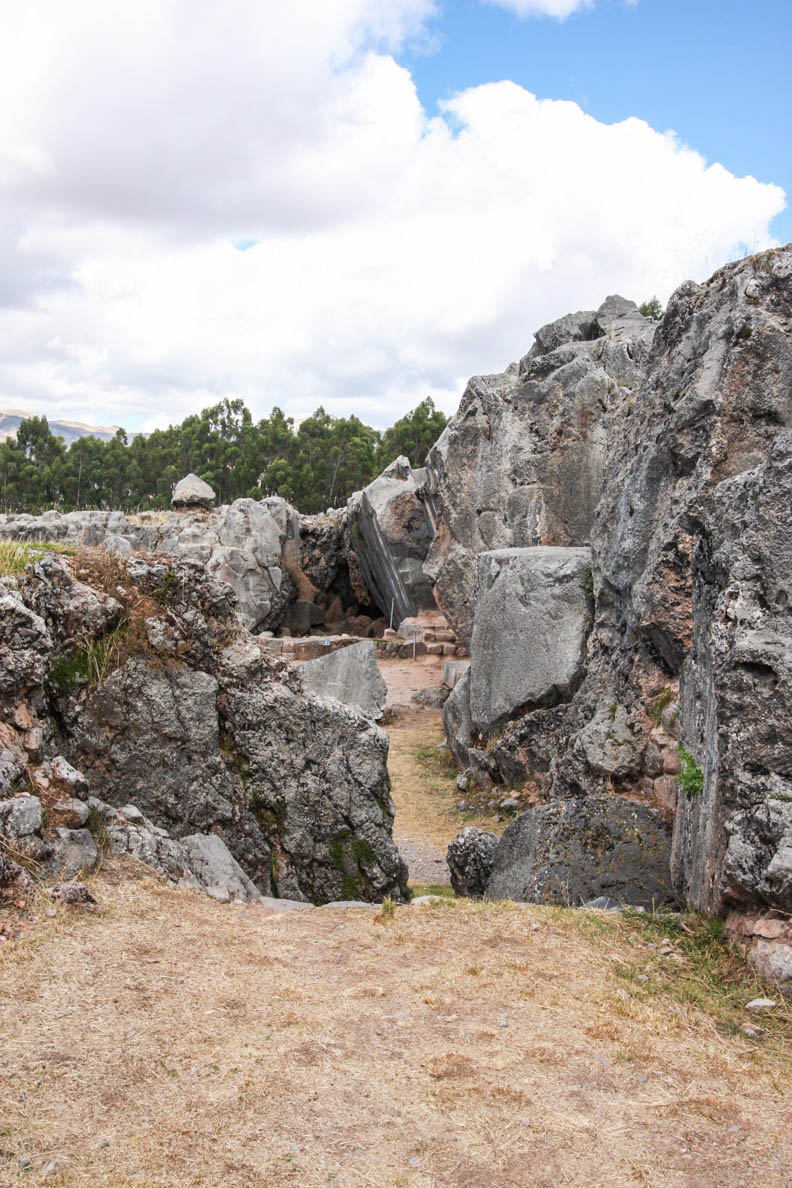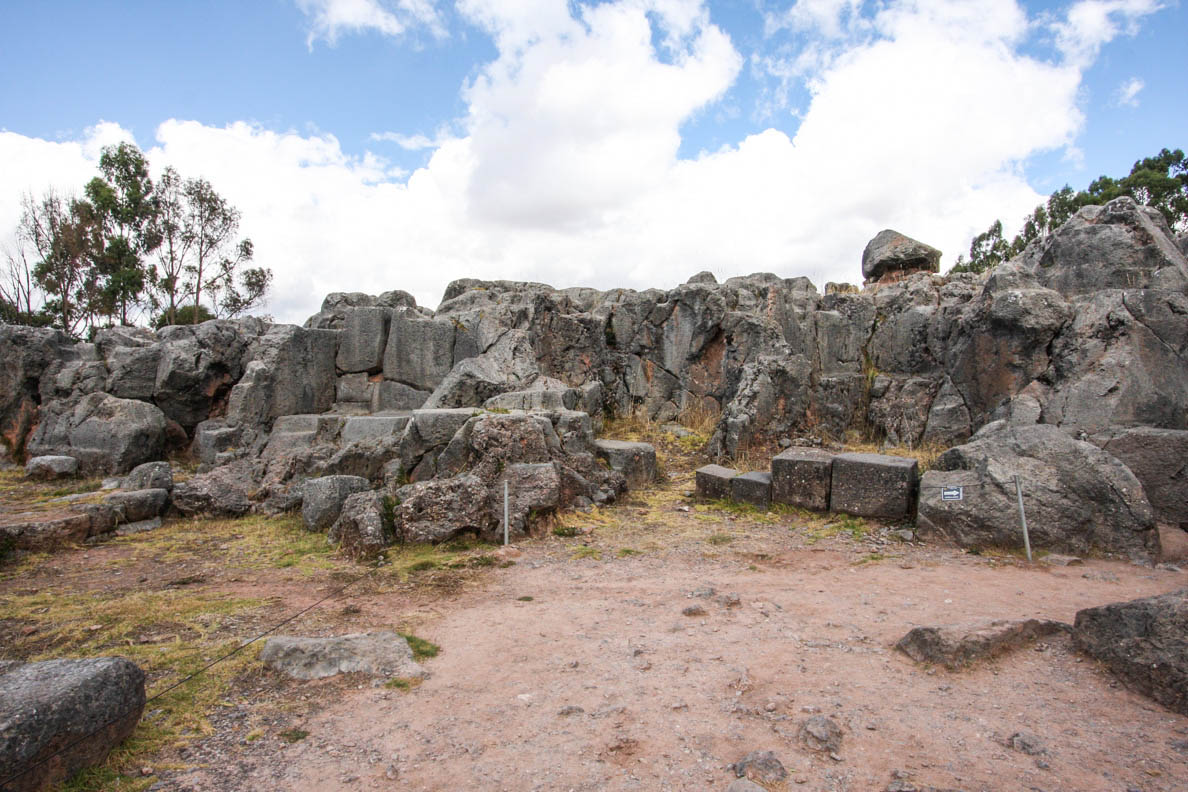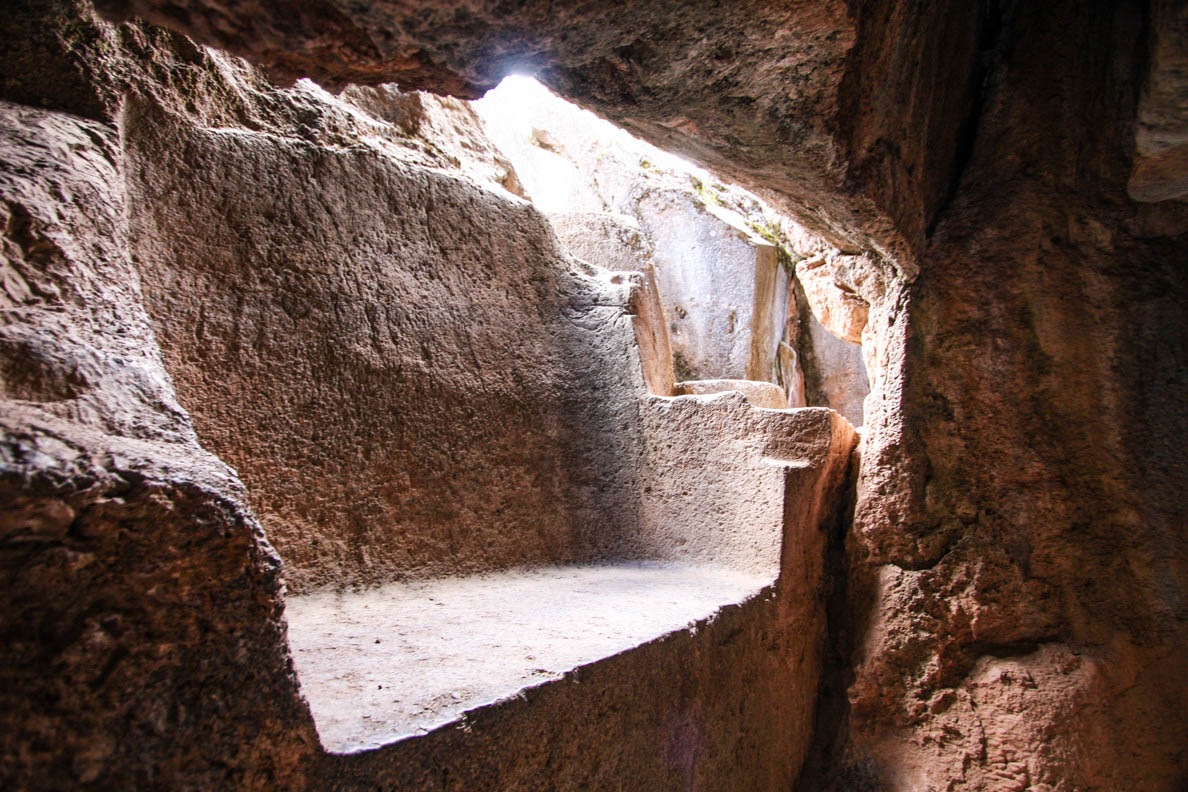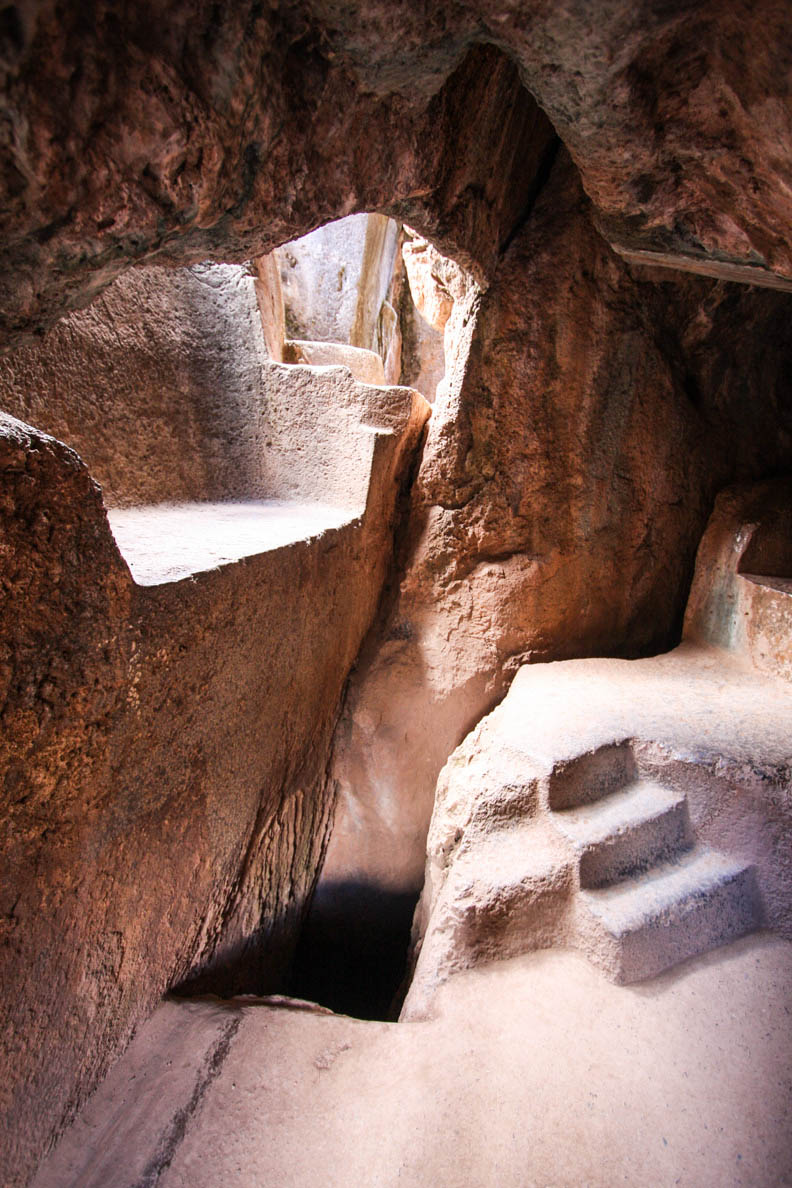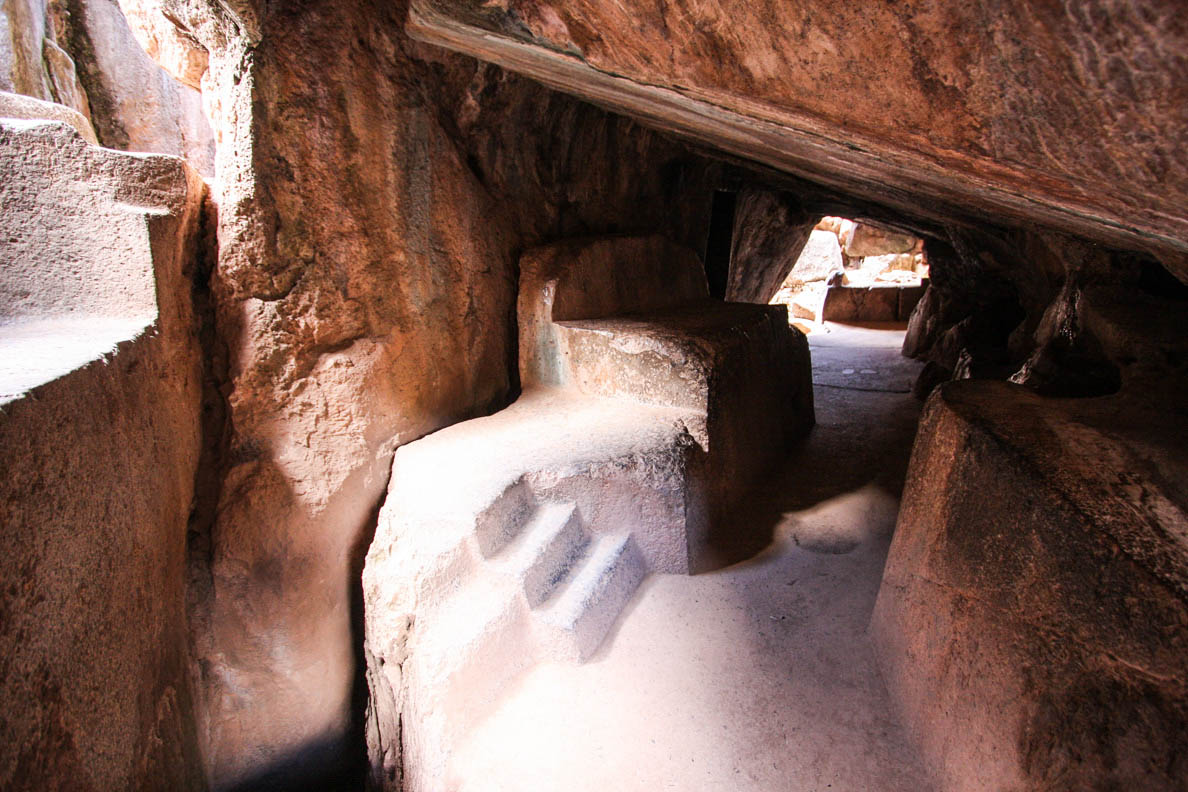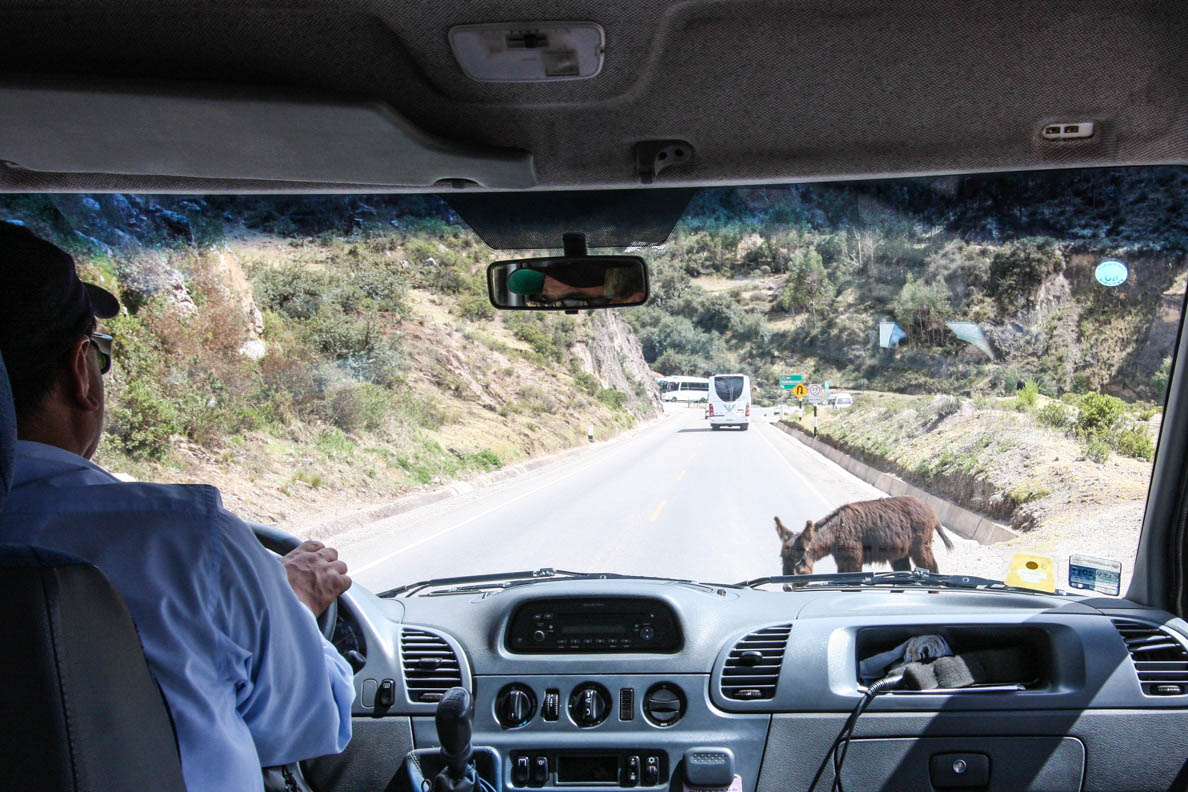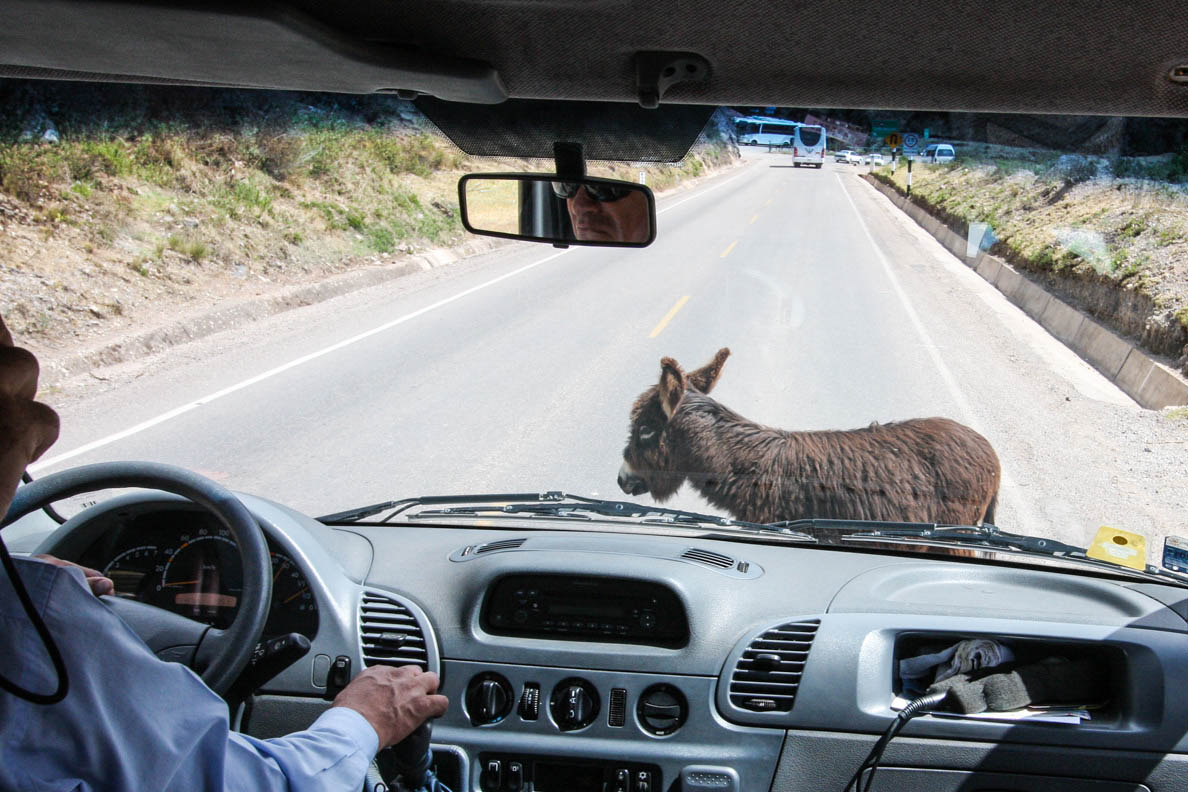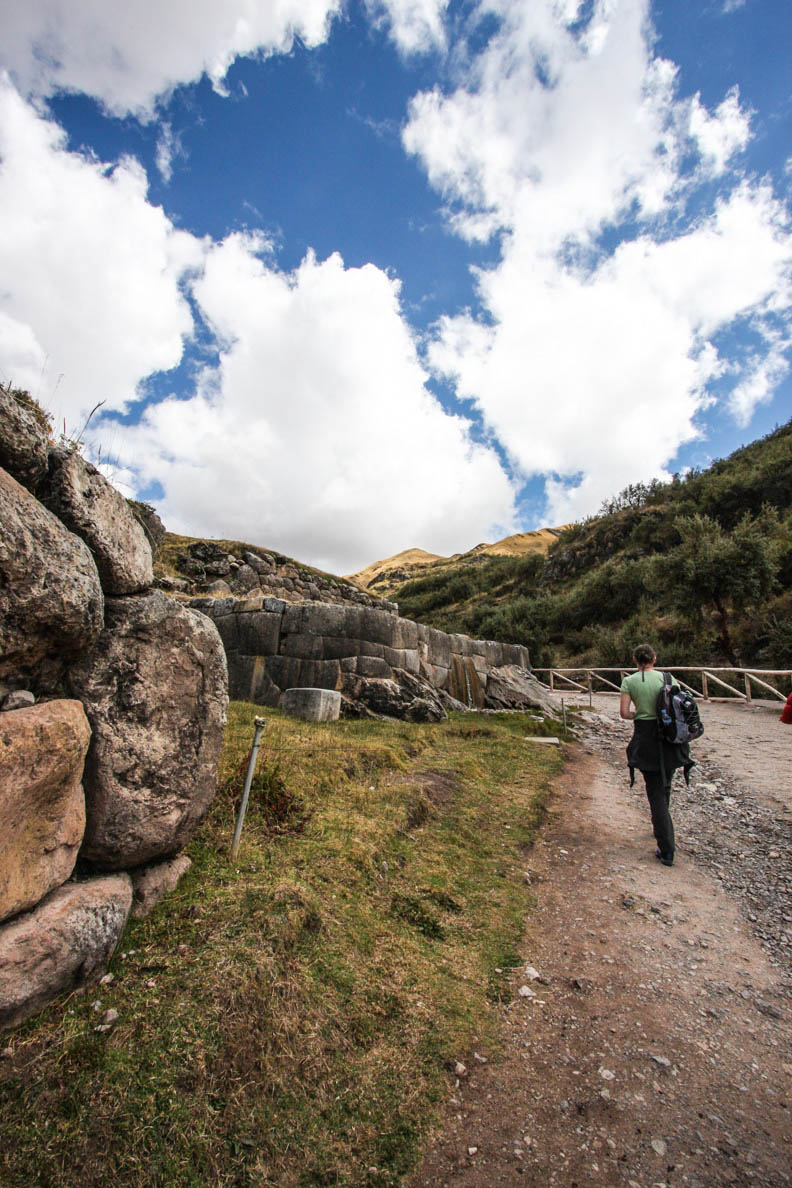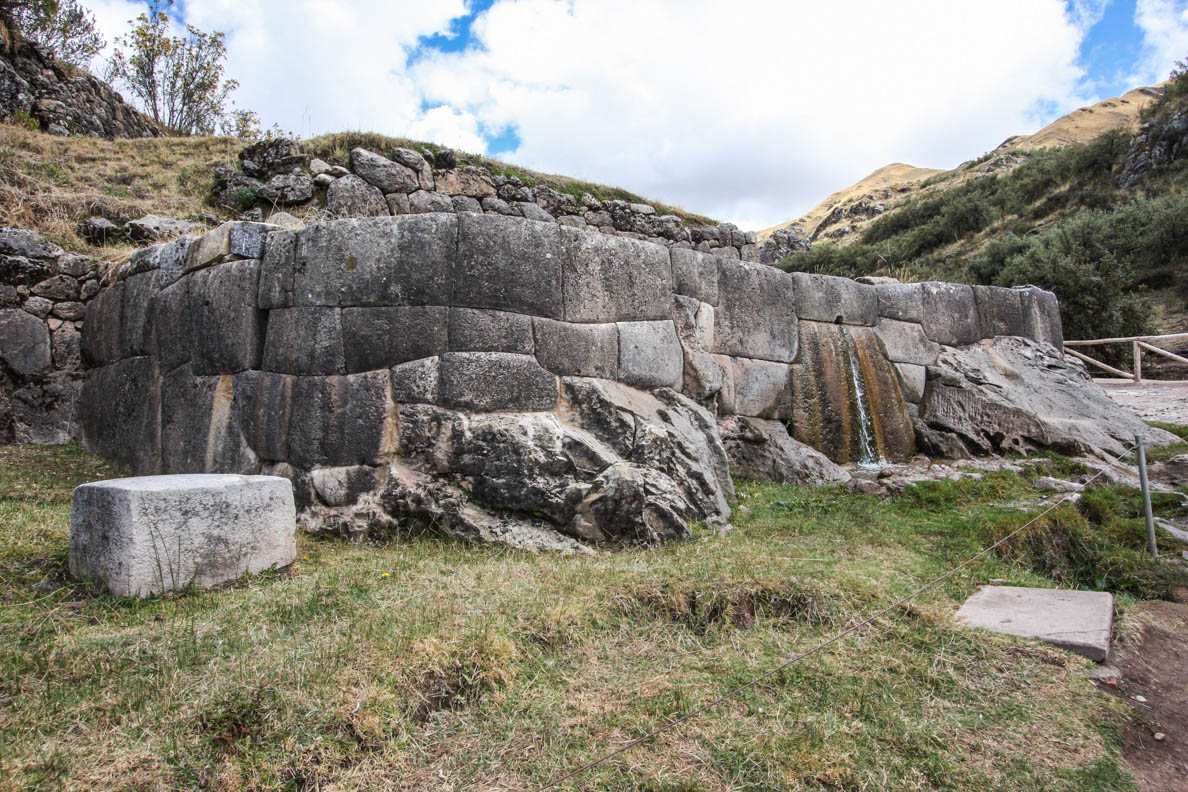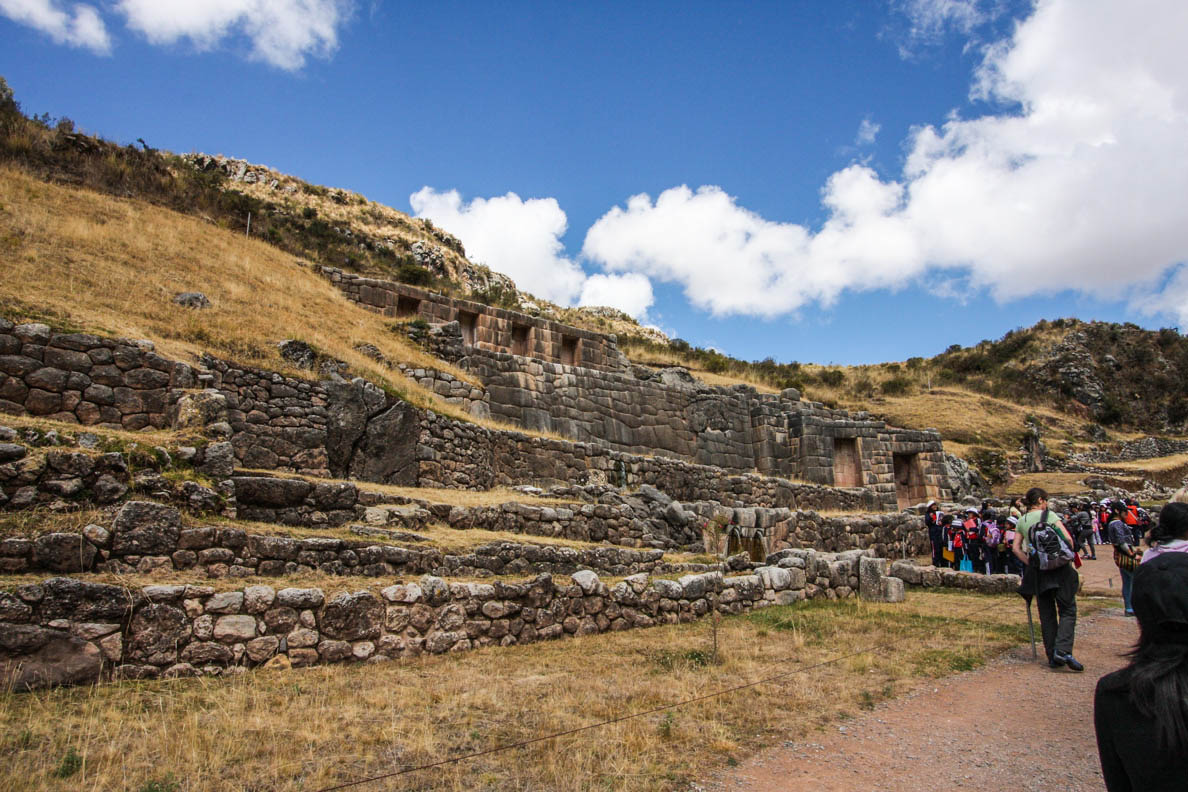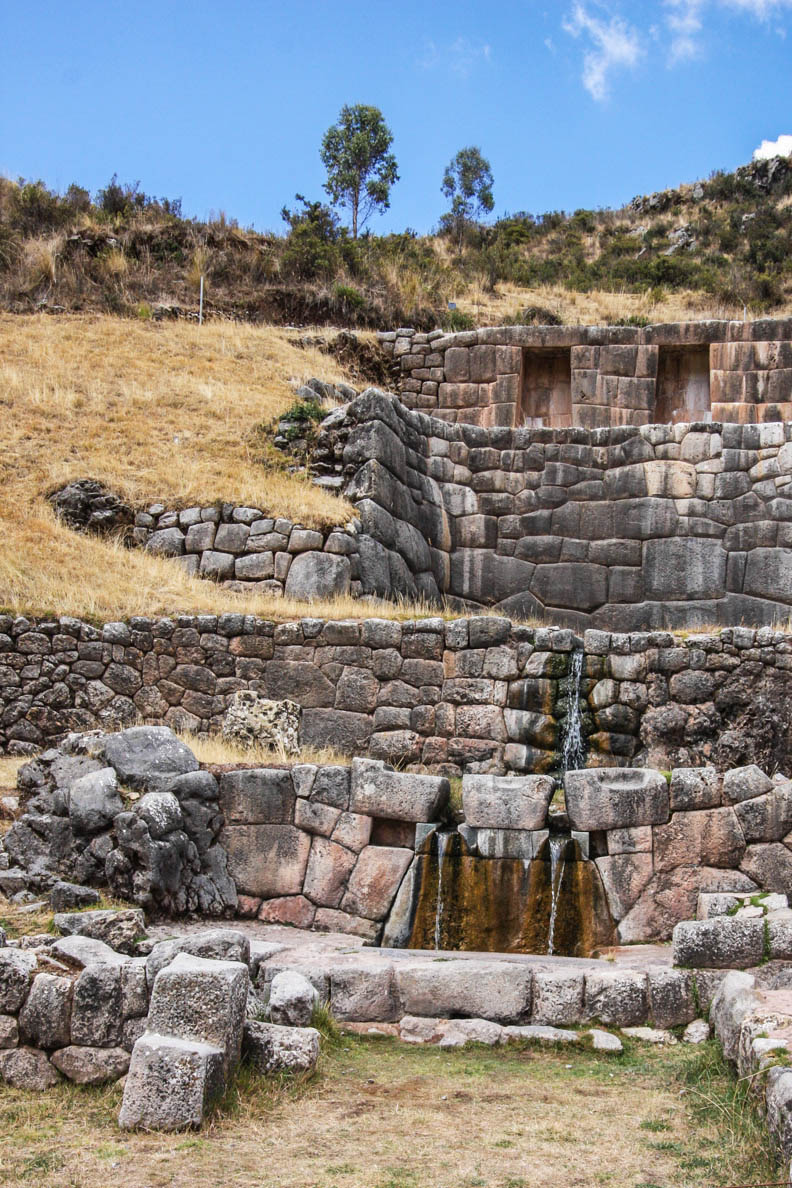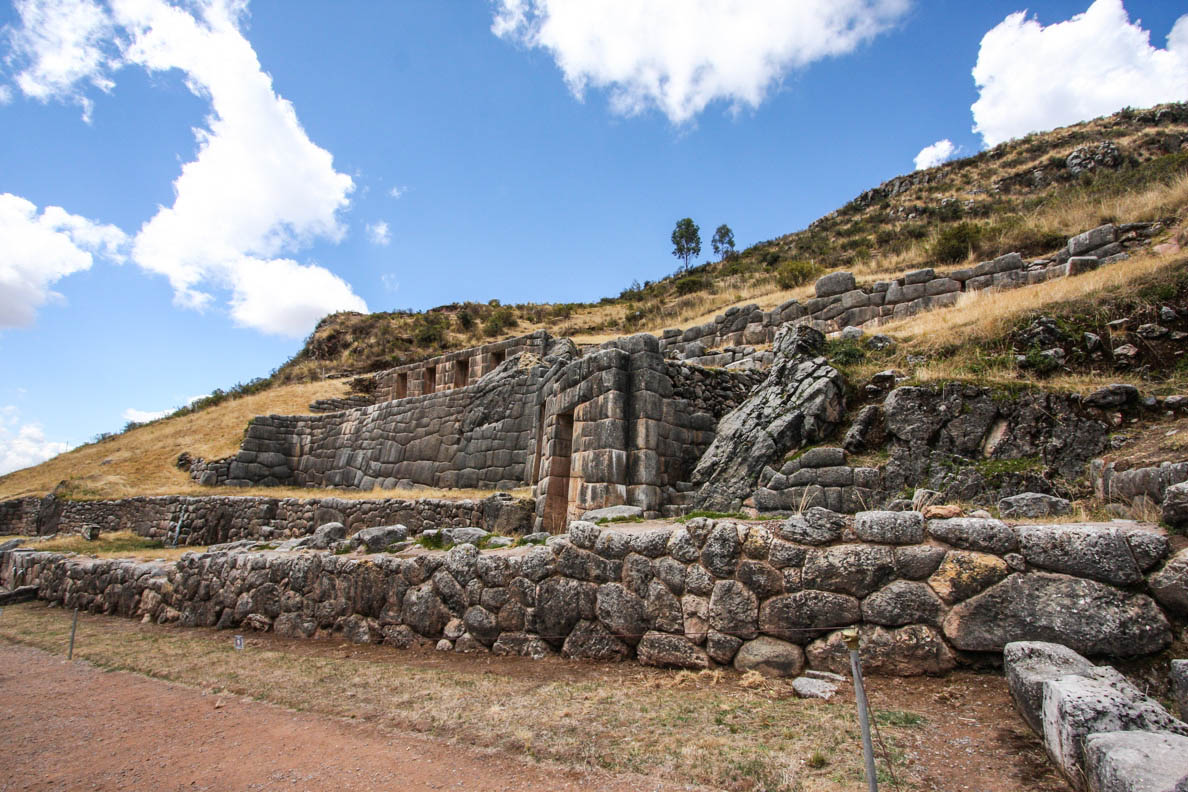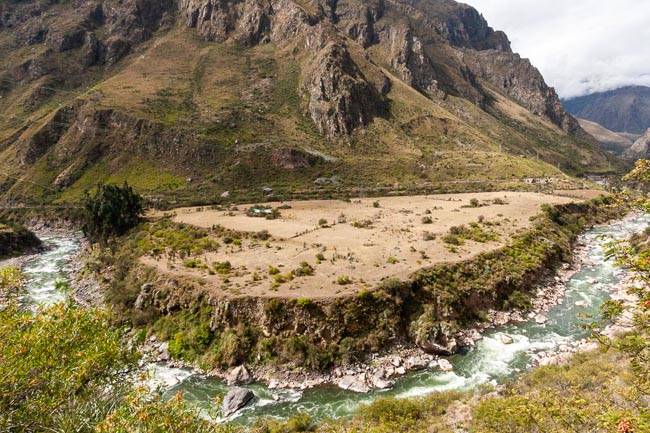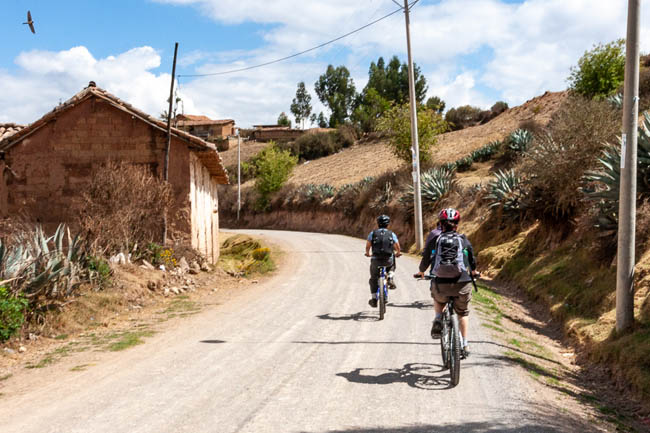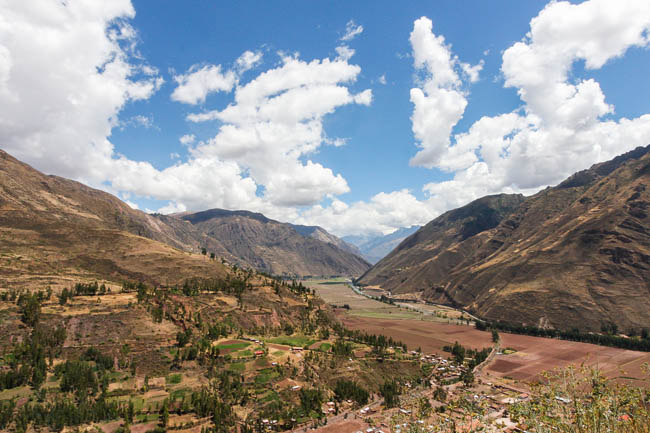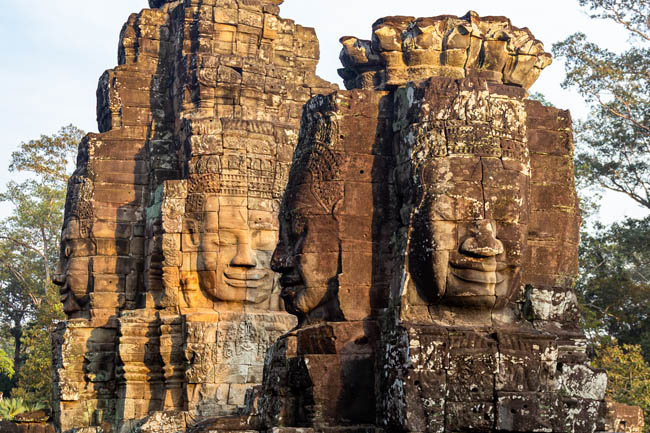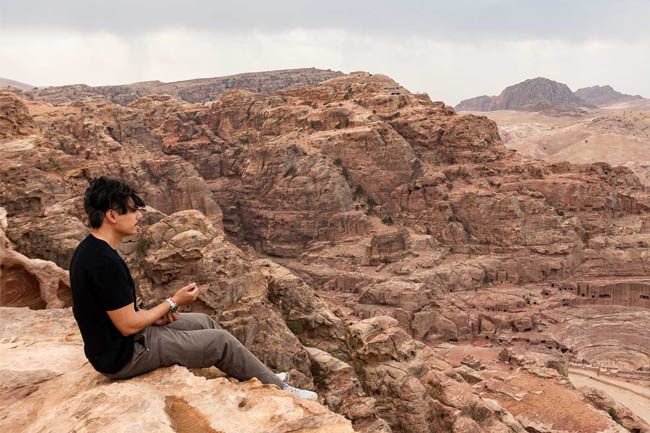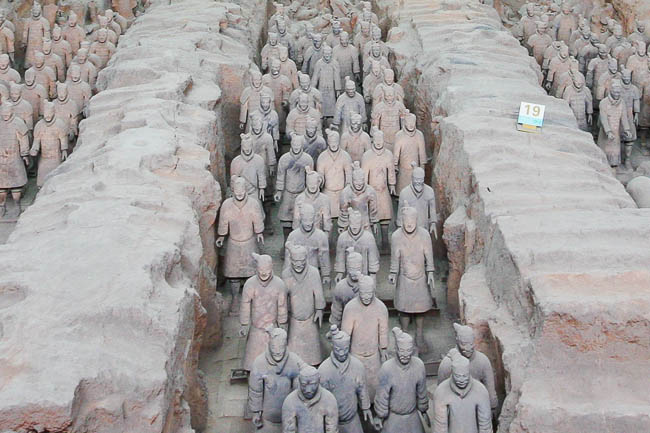PERU
AROUND CUZCO
September 2011 • Canon 40D camera
UNESCO World Heritage site
City of Cuzco
An early morning start today. We had breakfast in the hotel—flat bread and a cup of instant coffee for me, before the mini bus came to collect us as for a day out exploring some Inca ruins. The sun was out with blue skies but it was still a bit chilly this early in the day. I still had a bit of a headache from yesterday, due to the altitude sickness. Luckily it was not that strong.
Our first stop of the day was the ancient Inca fortress of Saqsayhuman (sounds like “sexy woman” when you say it out aloud). I was filled with excitement and eager to explore the first country in South America for me.
Saksaywaman
The mini bus climbed up a winding hill north from Cuzco to the entrance of Saqsayhuaman. After passing through with our tickets (entrance is included with the Boleto Turistico ticket) we were met with a large open plaza area with the sun shining down on us. In the distance I could see some small walled structures. Small groups of school children and tourists were dotted around the place. As we walked slowly to the walled structure Slivia explained the history of the area.
Saqsayhuaman is an ancient Inca fortress that sits high up on a plateau overlooking the city of Cuszco. The megalithic ruins is an architectural masterpiece. Sections were originally built by pre Inca Killke culture in 1100AD. The Inca people then expanded and built the impressive fortress. The fortress complex has three large terraced walls. Constructed in a ziz–zag formation, blending nicely into the surrounding natural landscape. Temples to worship the Sun god and perform ceremonies were also built. With the many stone rooms along the terraced wall, it also served as a place for storage, from arms and amour to textiles, ceramics and precious metals. As you get closer to the walls, they got bigger and bigger. The stones were gargantuan. The largest I ever recall seeing—bigger than the Pyramids at Giza from what I remember.
Walking around the walls, I can't help but marvel at the impressive engineering of this Megalithic structure. And like all megalithic structures around the world, no one can explain how they were built. The first thing that comes to everyone's mind is... how did the Inca's carve, lift, transport and place these enormous heavy stones into place! The wheel was not even invented when they built the walls. Somehow they had to drag the stones from a quarry up hill. Amazingly no mortar was used between the stones, yet they fit so precisely together that not even a piece of paper can slot in between. This has led to a lot of theories, like that of Stonehenge and other Megalithic structures around the world on how the Inca's were able to move the stones and build these walls — from pure man power to extraterrestrial help. A mystery that has never been solved... and may never.
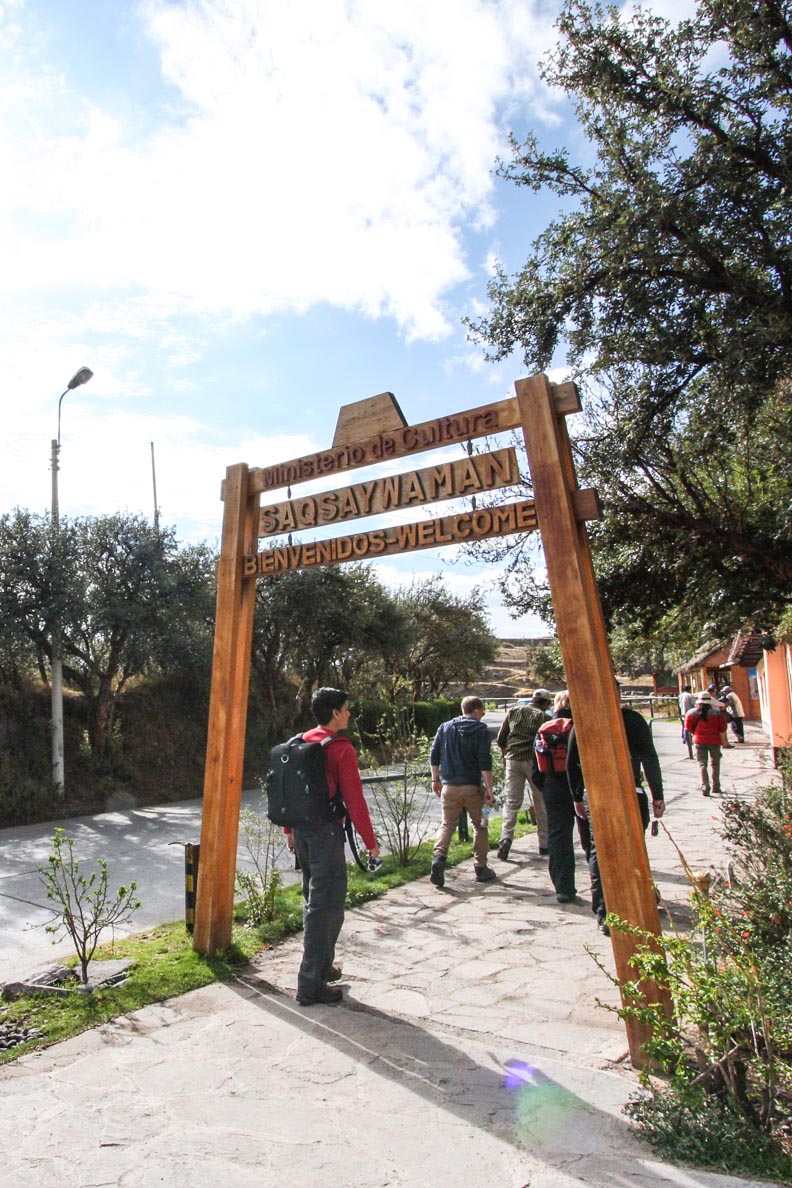
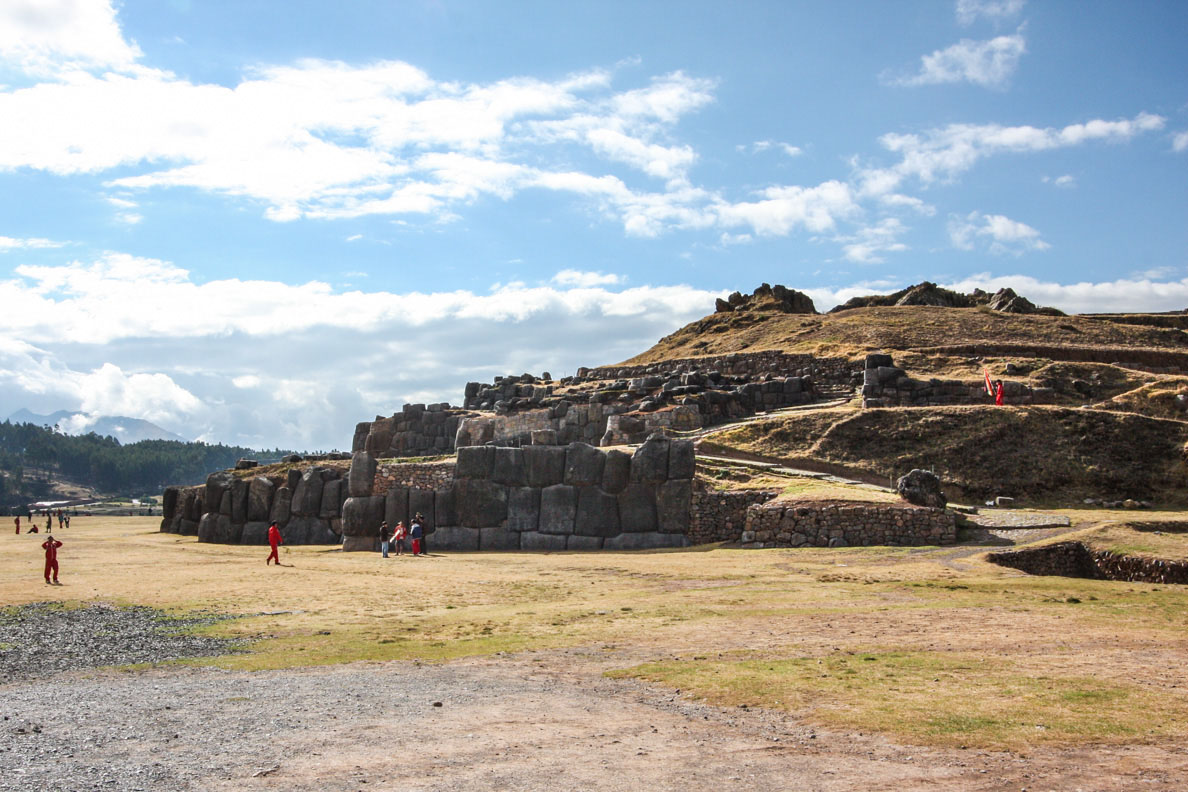
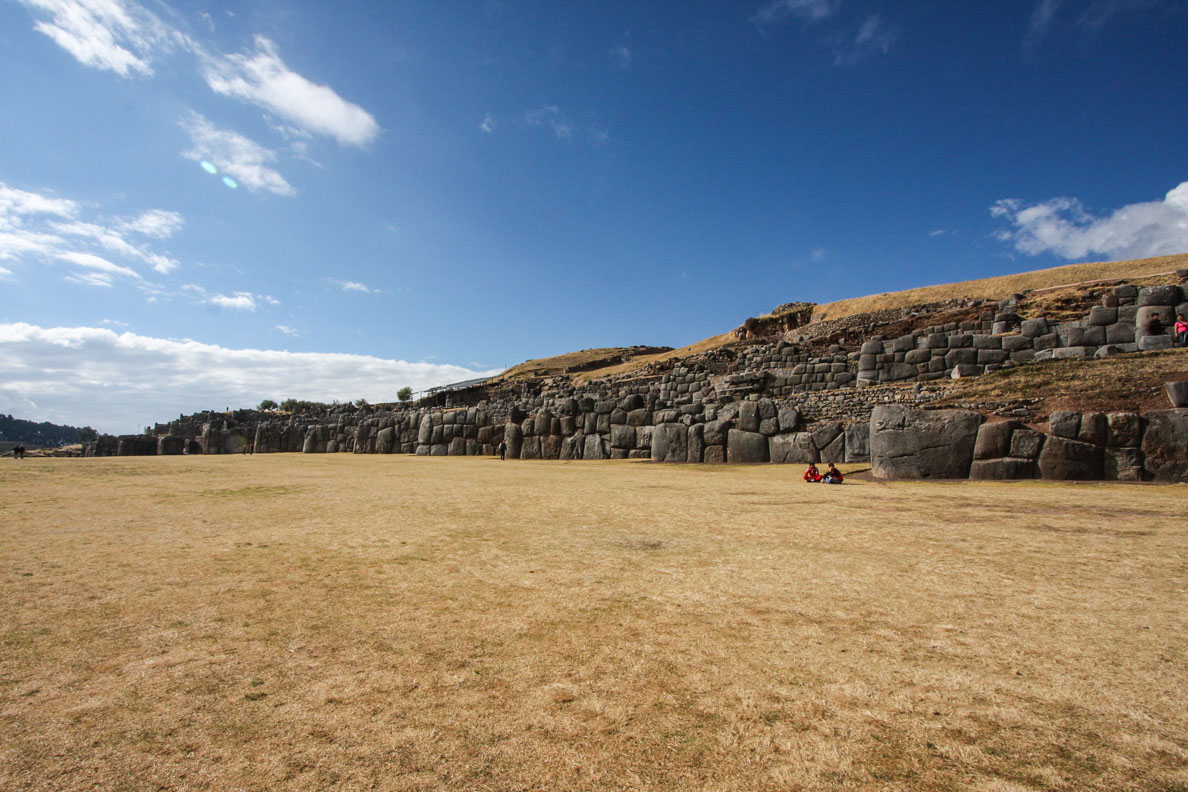
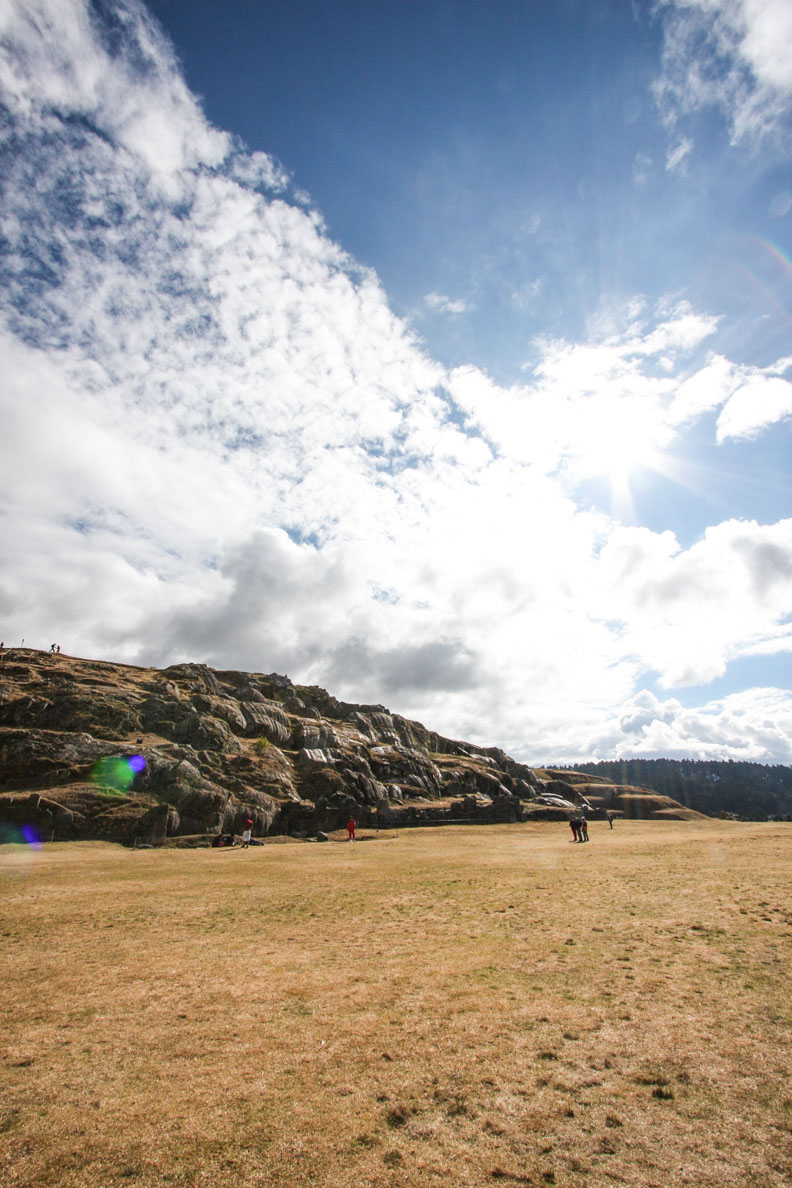
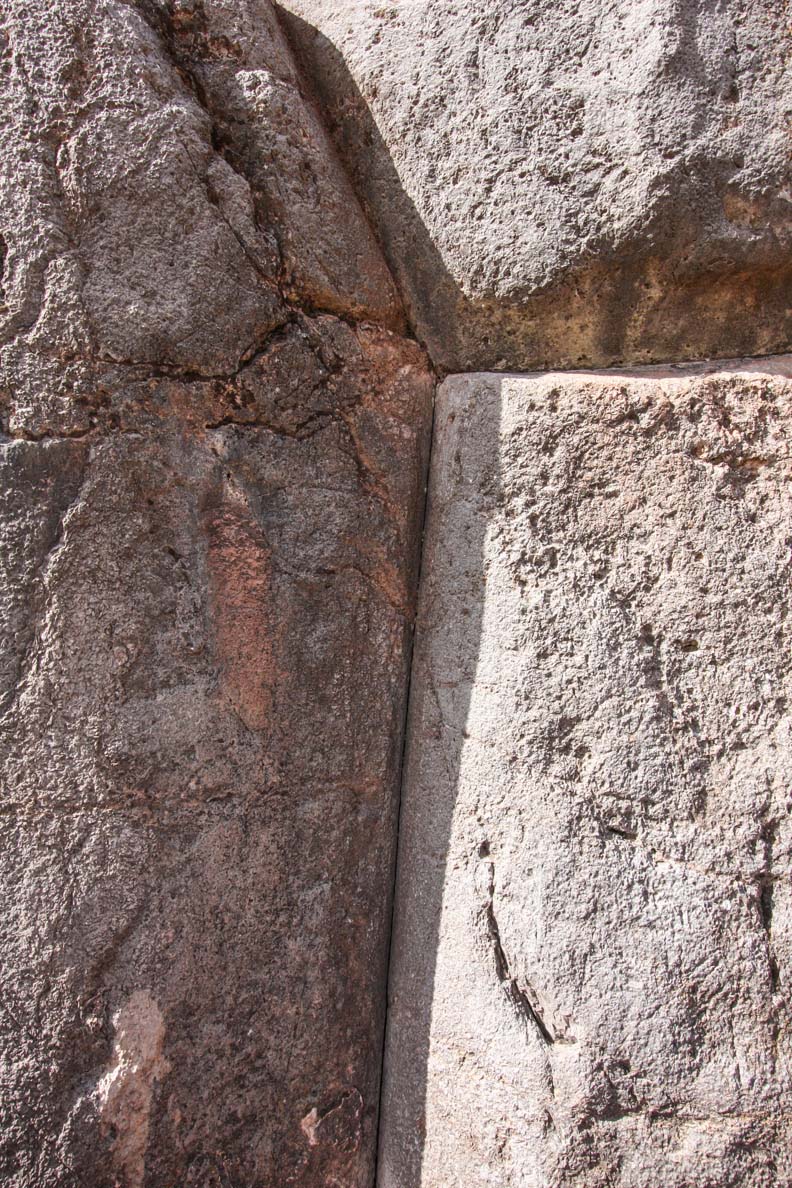
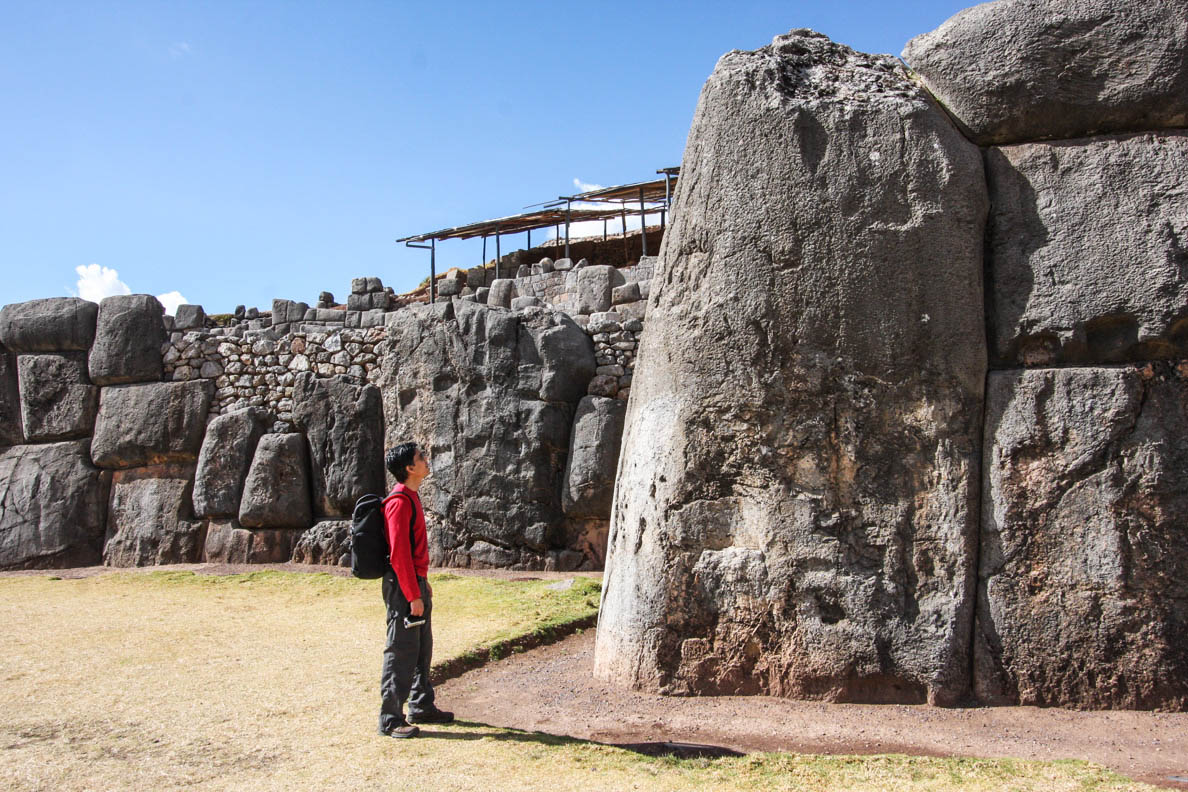
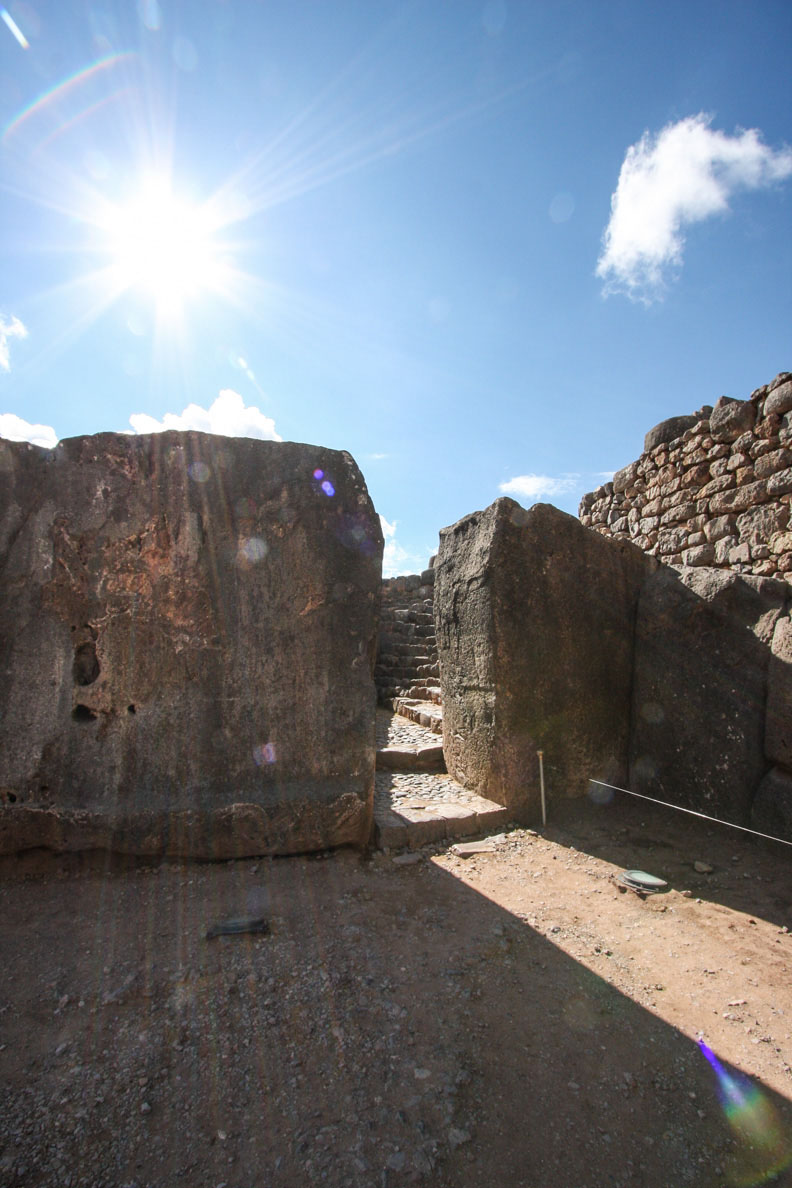
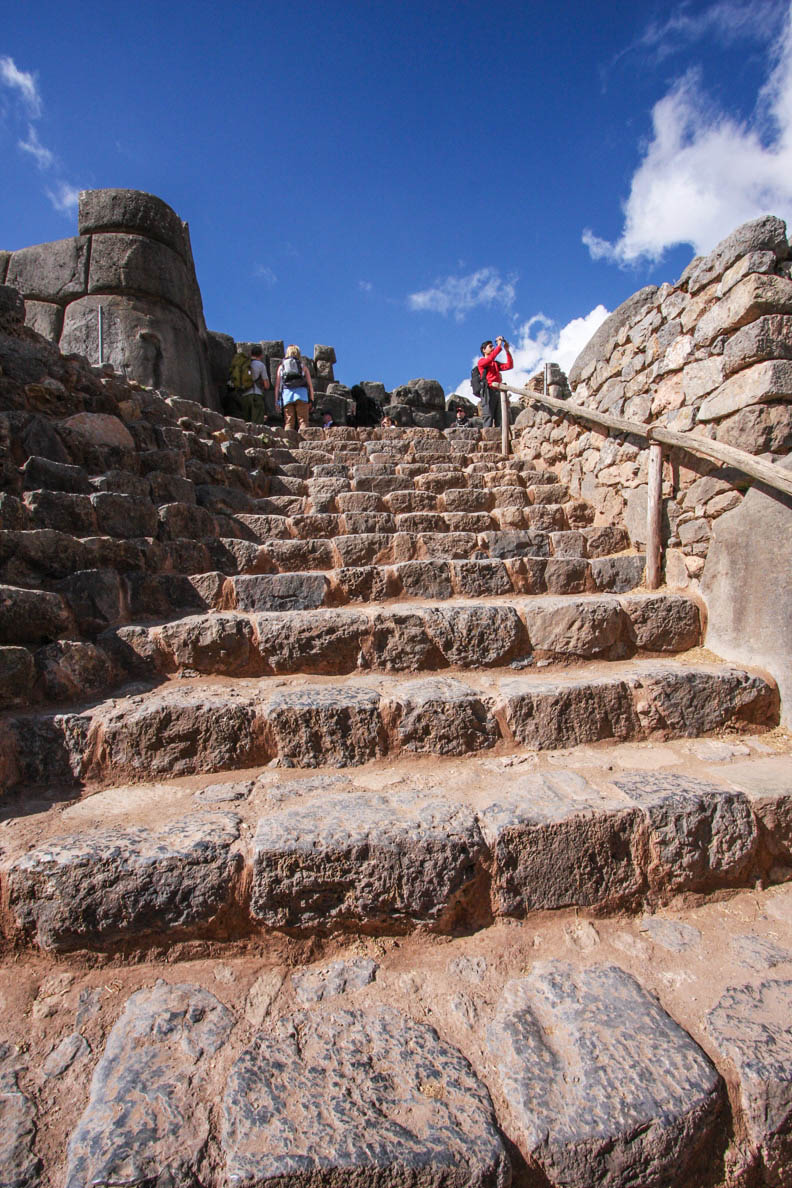
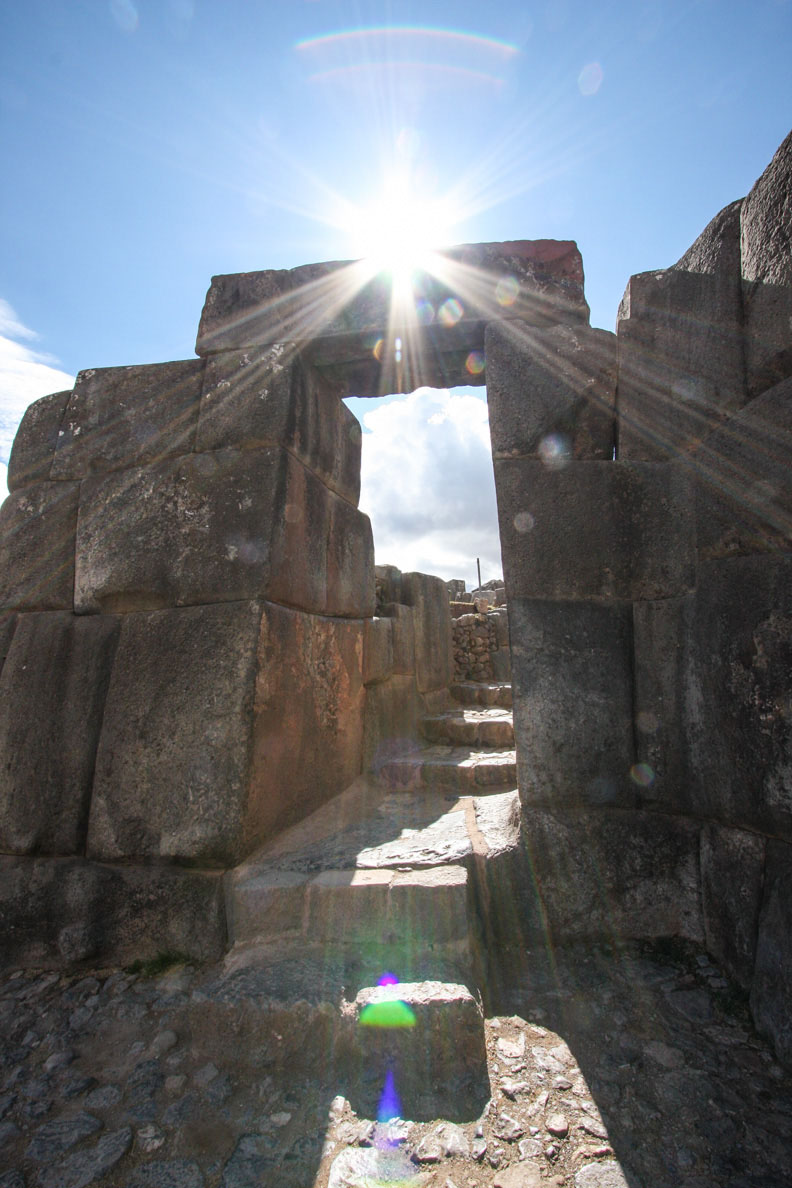
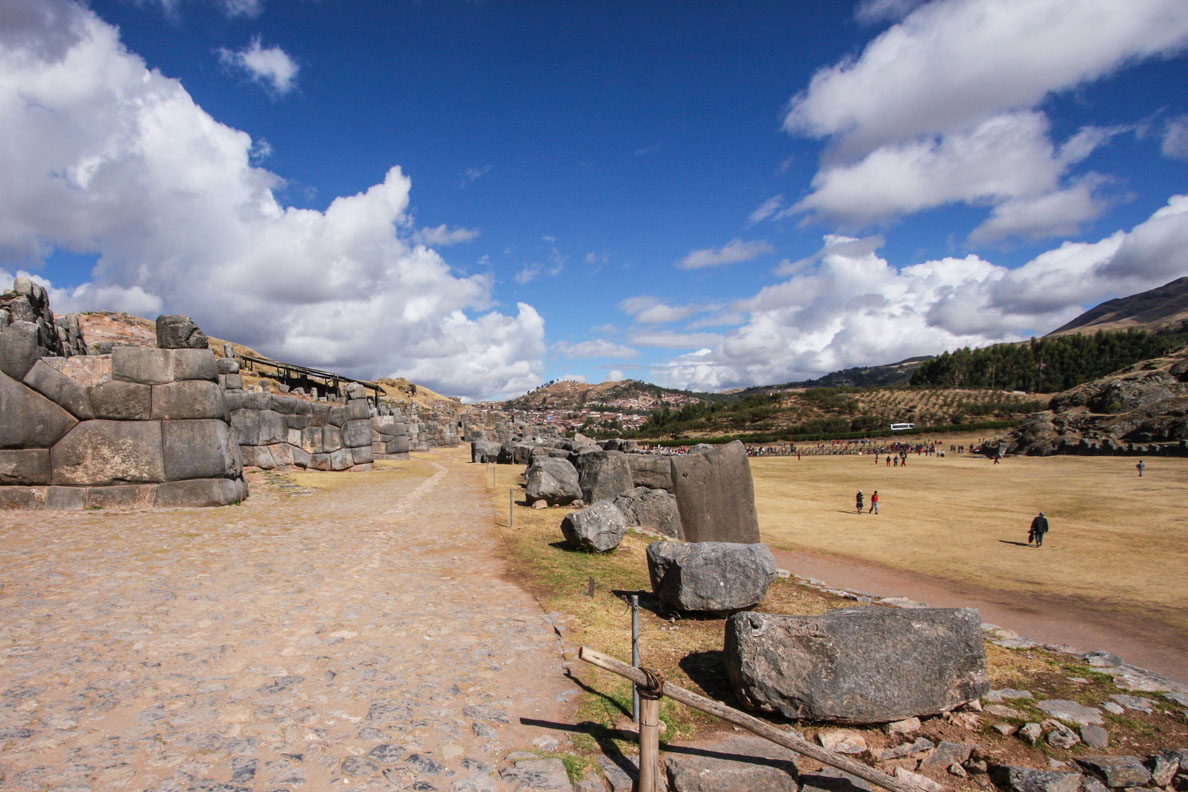
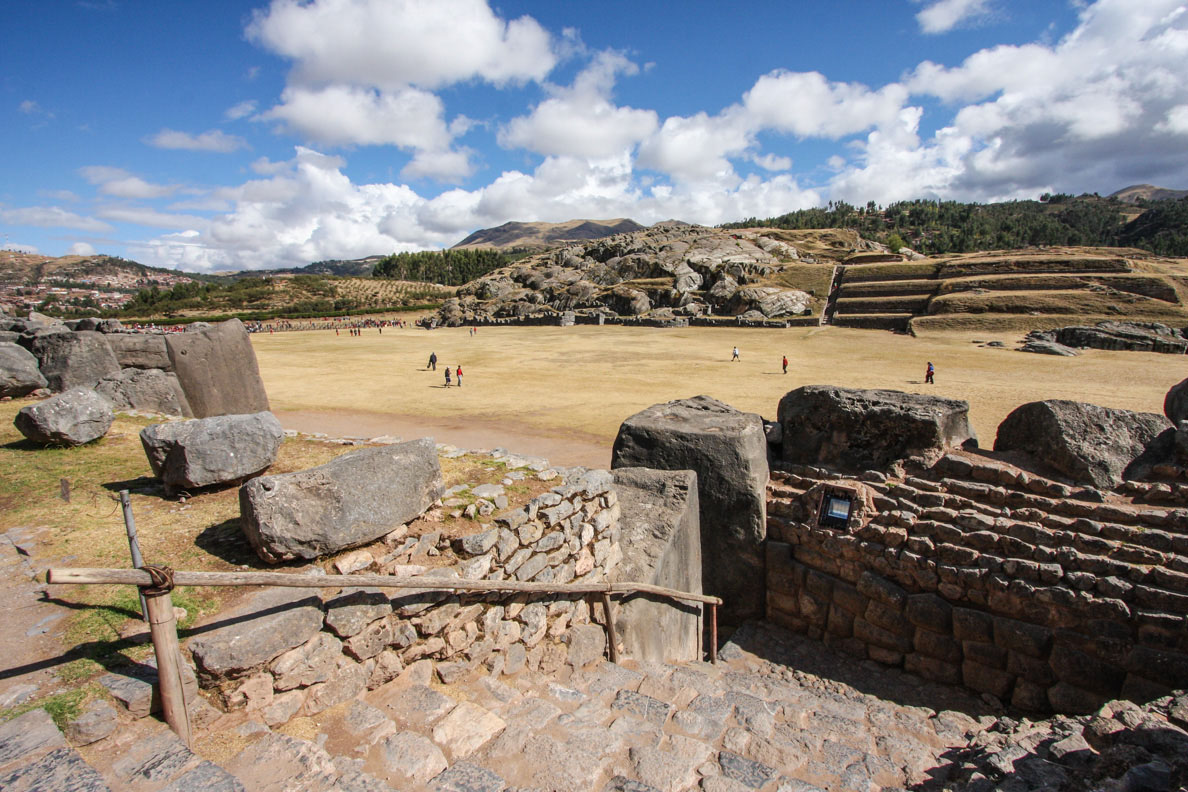
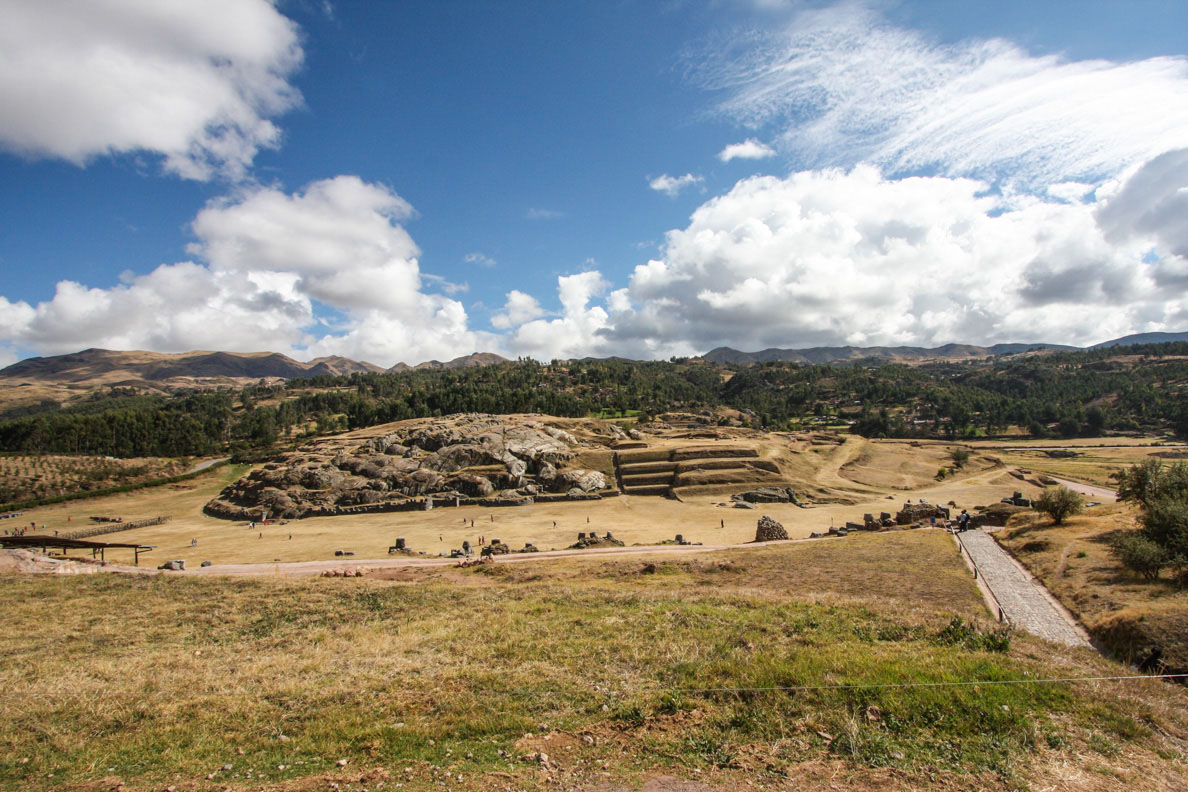
View from the top
An added bonus to visiting Saqsayhuaman, is that you can look down at Cuzco. The view shows the many rooftops of the city surrounded by the mountains. I did not realise how big Cuzco was until I viewed it from above. The clouds were floating above gave a dramatic atmosphere.
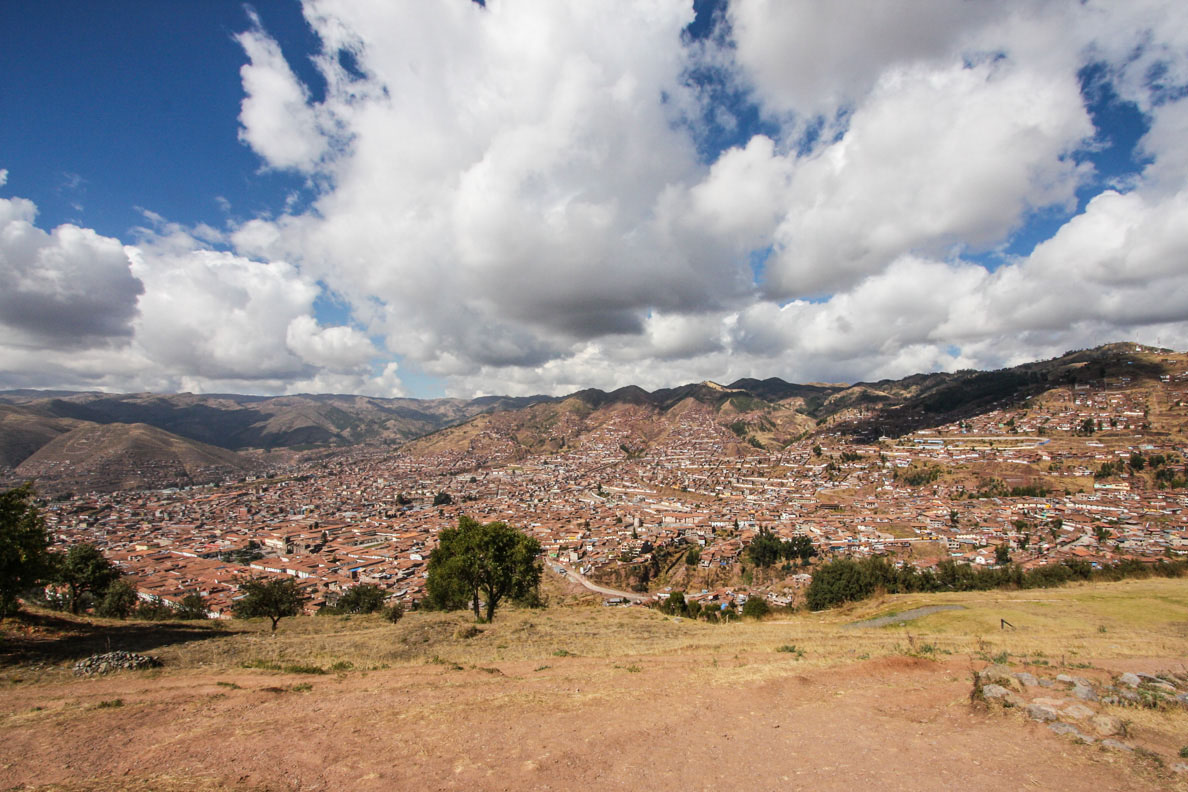
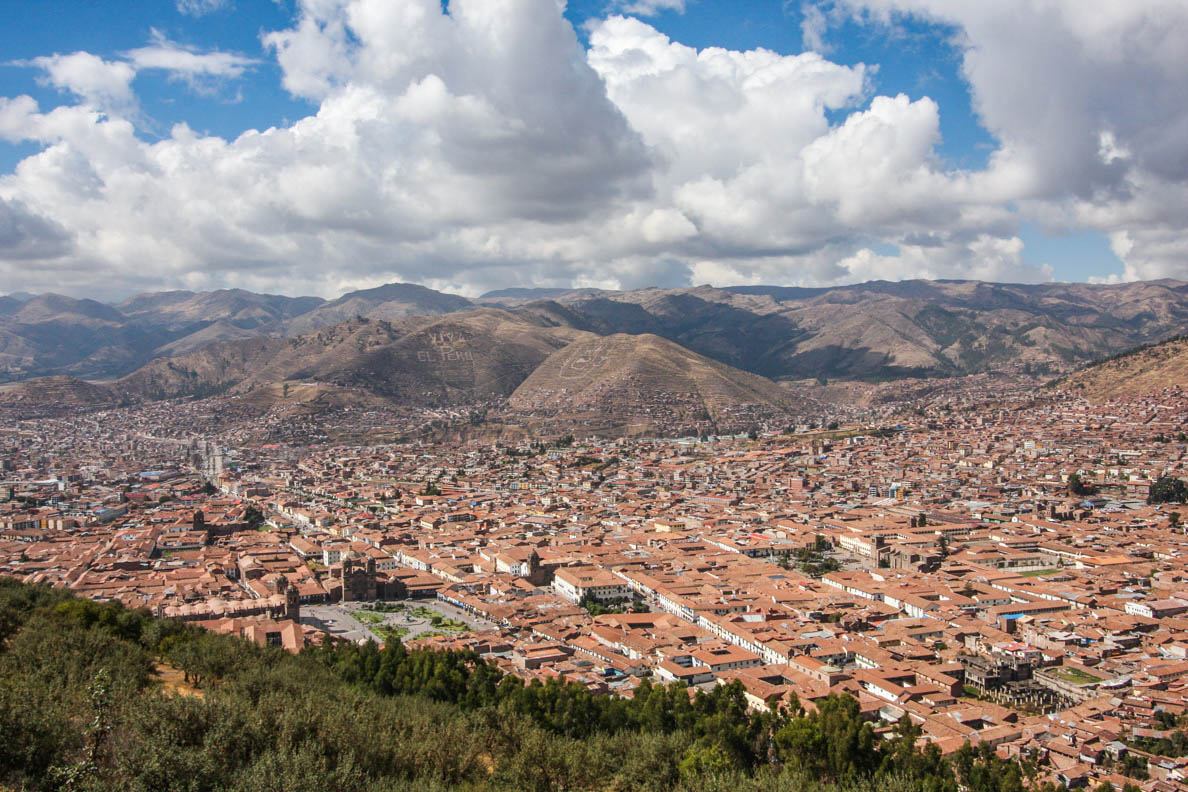
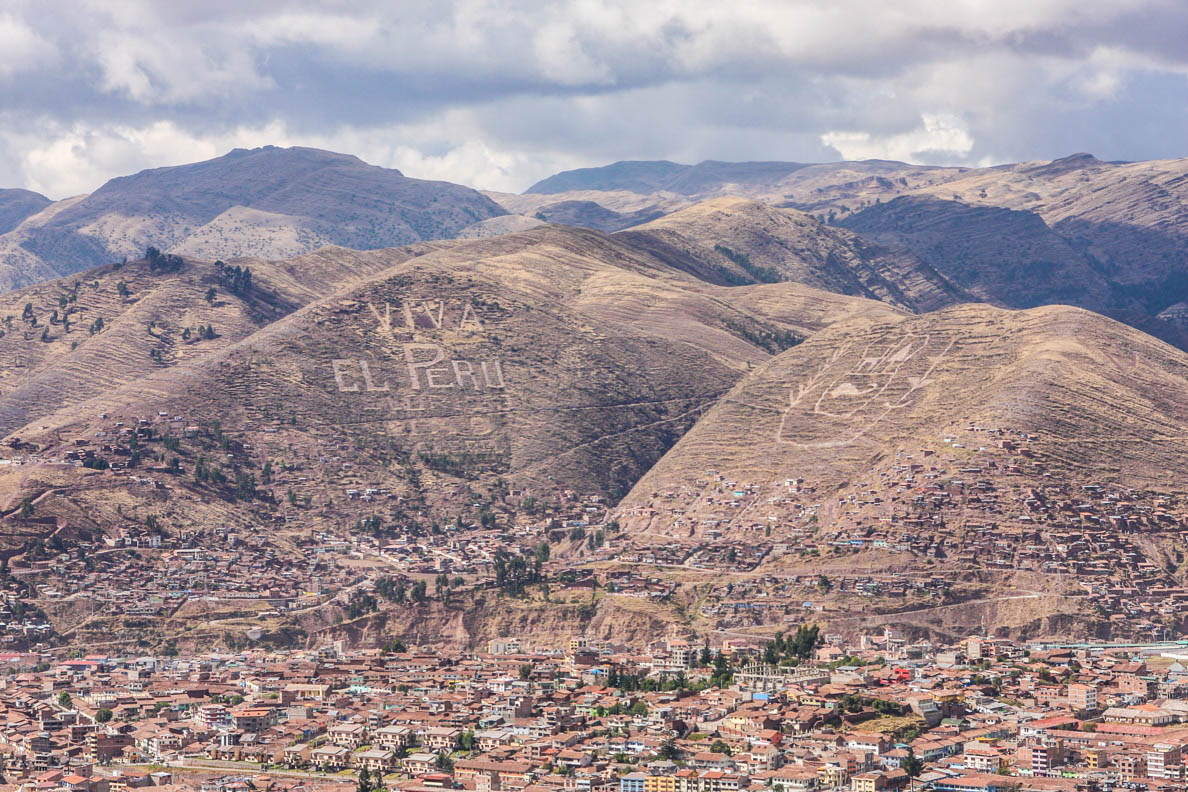
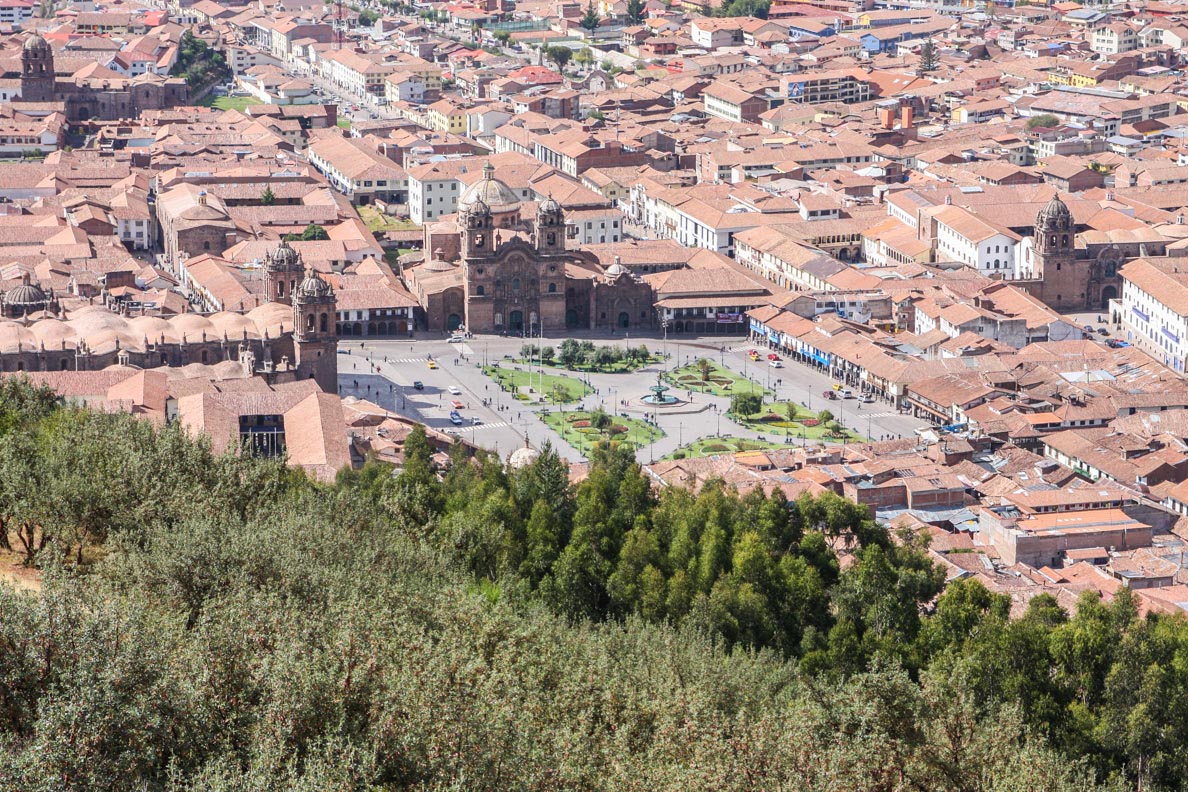
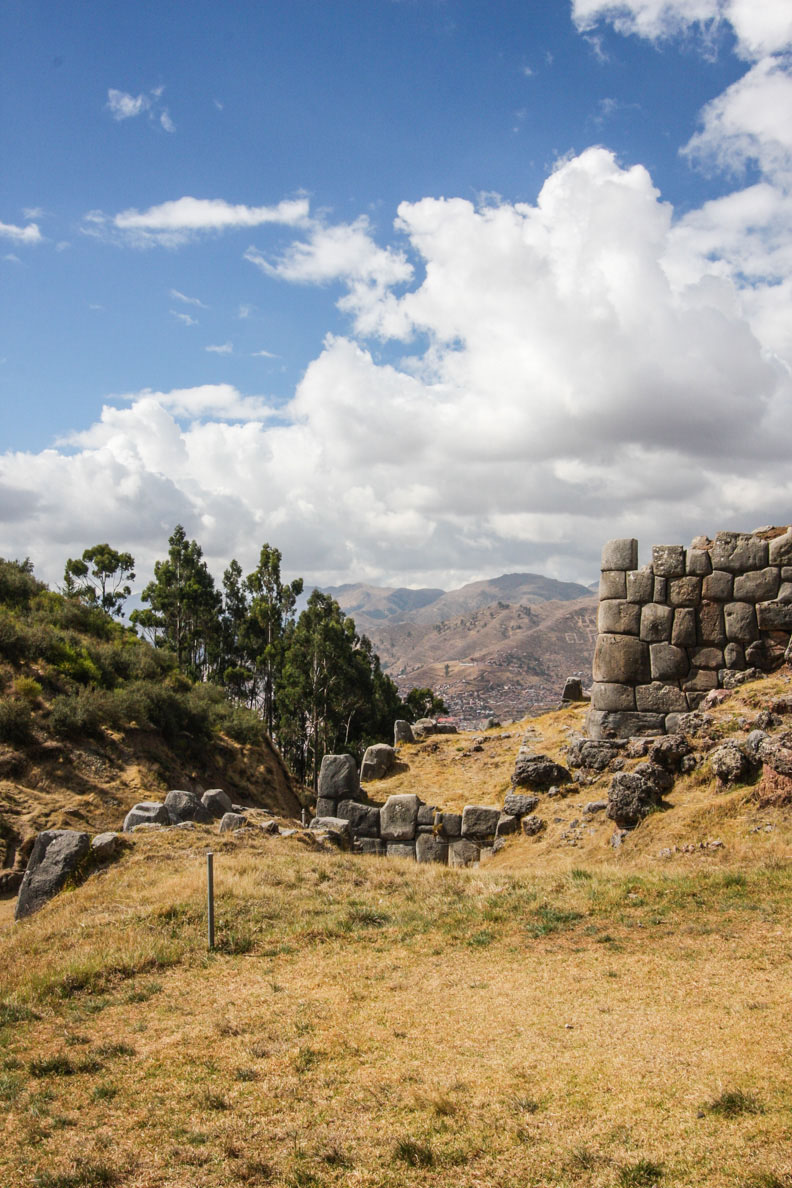
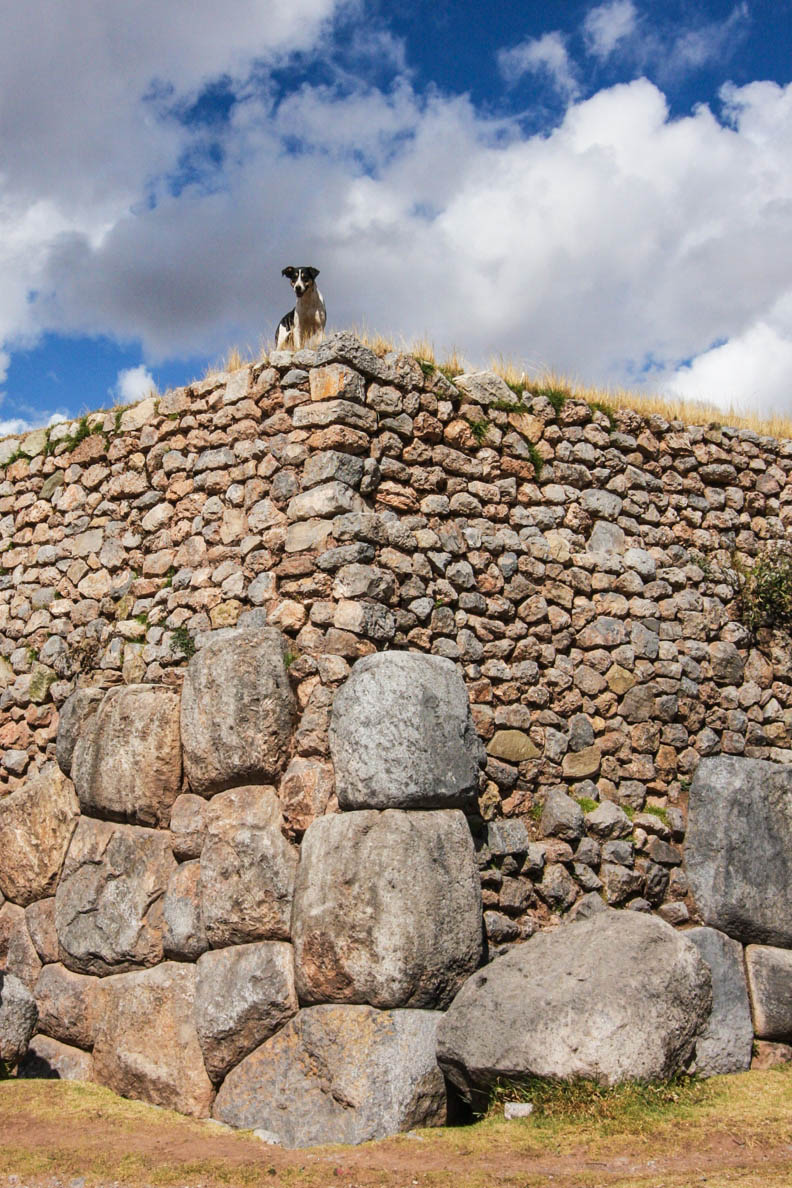
Did you know...
Today the site of Saqsayhuaman is used by Peruvians to celebrate two annual festivals—The Inti Raymami, an Inca festival that celebrates the winter solstice on June 24th and Warachikuy, a ceremony for young men to enter adulthood is held on the third Sunday of September.
